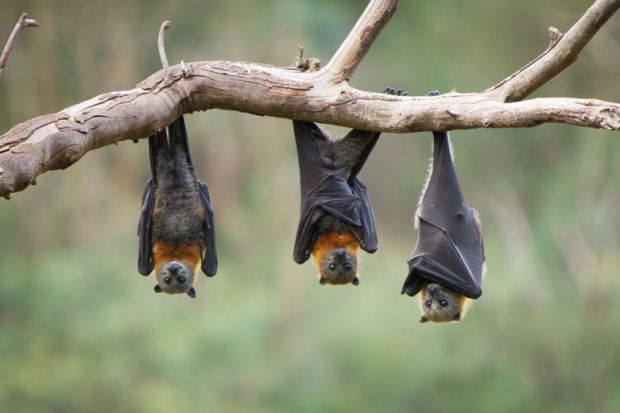A seven-year-old’s thoughts on why “bats are really cool animals” were accepted for publication by an academic journal as part of an investigation into predatory publishers.
In the latest exposé of pay-to-publish journals, a 153-word manuscript written by Tristan Martin on the living habits of bats was provisionally accepted for publication by the International Journal of Comprehensive Research in Biological Sciences, which enclosed an invoice for $60 (£46).
Containing a series of basic facts about bats, such as they are the “only mammals that can fly” and “they sleep by day and fly by night”, the paper concludes that bats are “truly amazing”.
After the paper was reformatted by Tristan’s father, Alexandre Martin, assistant professor at the University of Kentucky’s College of Engineering, it was then accepted by IJCRBS, one of nearly 1,000 titles listed as a “potential, possible or probable” predatory journal by experts at the University of Colorado.
Dr Martin’s study, titled “A not-so-harmless experiment in predatory open-access publishing”, was published in the journal Learned Publishing in September.
It was inspired by an experiment by the Australian computer scientist Peter Vamplew, who managed in 2014 to get a paper consisting solely of the words “Get me off your fucking mailing list” accepted for publication by a bogus journal.
Dr Vamplew never paid the $150 fee requested by the journal, but Dr Martin hoped to go one step further and pay the fee to see if the journal would actually publish the material.
He eventually decided not to proceed with publication, but the situation took an unexpected turn when the final proofs of the paper were sent to him, along with a repeated request to pay the $60 fee.
“The text of the manuscript had been completely – and unexpectedly – changed, and only the title, the author, and the figures were kept as originally submitted,” explains Dr Martin.
An online search revealed that the new version of the full-length manuscript had been plagiarised verbatim from two published papers, which led Dr Martin to retract the article.
He was then informed that his original version could be published and that the changes were “only a suggestion put forth by the editorial review committee”.
Dr Martin says that he then ended the experiment and stopped communicating with the journal, which has since ceased operations.
He believes that the editor recognised the poor quality of the manuscript but, “motivated by the desire to publish an article for his newly founded journal, or perhaps to simply collect the publication fee, he chose to replace the content to make the article look serious”.
Such an approach, however, risked bringing scholars into more disrepute than merely having their work appear in unsound journals, he says.
While “probably not widespread”, the insertion of plagiarised material is “one more reason to expose them and discourage researchers to publish” in predatory journals, he concludes.
Register to continue
Why register?
- Registration is free and only takes a moment
- Once registered, you can read 3 articles a month
- Sign up for our newsletter
Subscribe
Or subscribe for unlimited access to:
- Unlimited access to news, views, insights & reviews
- Digital editions
- Digital access to THE’s university and college rankings analysis
Already registered or a current subscriber?








